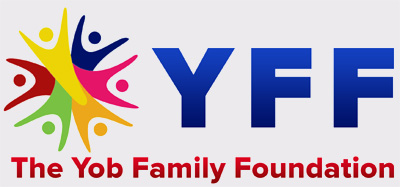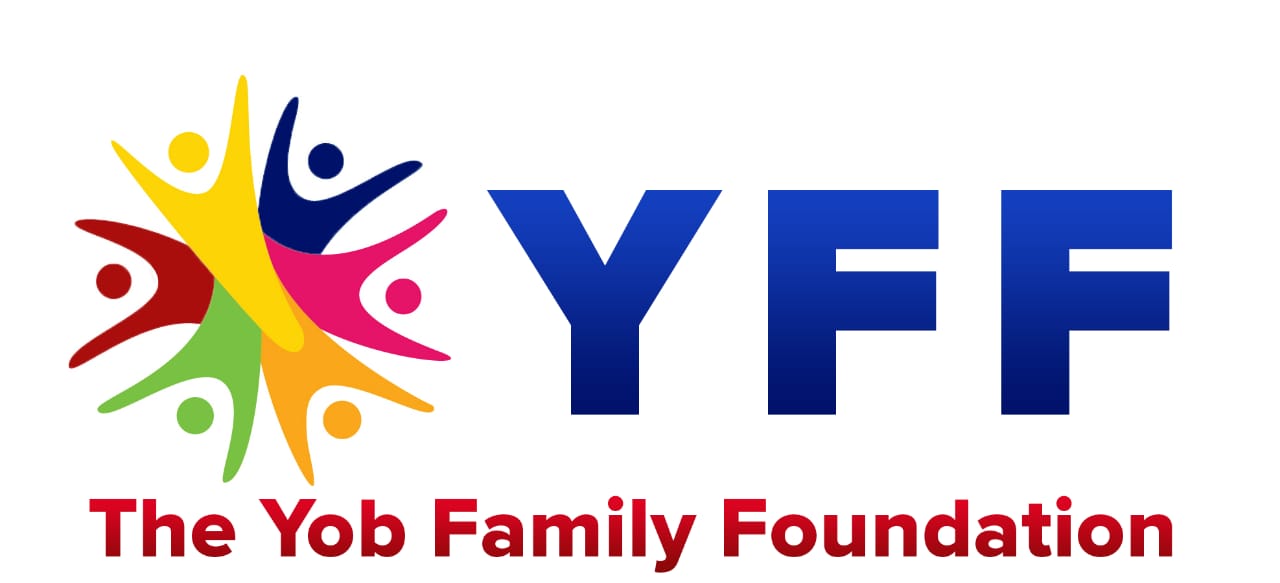“Above all, we are coming to understand that the arts incarnate the creativity of a free people. When the creative impulse cannot flourish, when it cannot freely select its methods and objects, when it is deprived of spontaneity, then society severs the root of art.” –John Fitzgerald Kennedy
The ballad of the arts in American schools is a sad song, and it’s way past time that we changed it into a catchy tune that no one can get out of their heads.
In America, commitment to arts education has dwindled, mirroring school budgets hit hard by a recession and drop-offs in tax revenue at the federal, state and local levels. When schools are struggling to meet their basic needs with regard to fundamentals, arts programs are usually the first ones slashed.
However, we believe it’s time that the arts take its rightful place next to reading, writing and ‘rithmetic, because leaving the arts out of the educational equation is contrary not only to our national values but also our economic goals. So, to kick-start this chorus, we’d like to present just a few reasons why we need to do what we can to support arts in our schools and bring them back into our childrens’ lives.
The Arts = Big Business for America — Ever try to see a movie for free? A stage show? What about all those signs that dot the highway — an artist had to create those. Artists also create magazine covers, storefront signs, advertisements, posters, music, films and more. Try to walk a single city block without seeing something that was created by an artist, and then try to imagine the revenue generated by all these elements of our daily lives created by workers in the arts.
• The non-profit arts organizations alone generate $166 billion in economic activity annually, supporting 5.7 million jobs and generating nearly $30 billion in government revenue, according to Americans For The Arts.
• Products by creative artists represent one of the U.S.’s largest export industries, growing to $64 billion in 2010. This figure represents movies, paintings, jewelry, music, comics, video games and more.
• With U.S. imports in the arts at just $23 billion, it’s one of the only industries in which the U.S. enjoys a trade surplus of about $41 billion.
Jobs, Jobs, Jobs — A report by the market research firm The Conference Board shows that creativity is among the top applied skills sought by employers. According to the report, 72 percent of business leaders say creativity is of high importance when hiring. But don’t take their word for it — Annette Byrd, an HR manager with pharma giant GlaxoSmithKline was recently quoted saying, “We need people who think with the creative side of their brains — people who have played in a band, who have painted, been involved in the community as volunteers. It enhances symbiotic thinking capabilities, not always thinking in the same paradigm, learning how to kick-start a new idea, or how to get a job done better, less expensively.”
Smarter Kids — Studies repeatedly demonstrate that students schooled in the arts have better grades, achieve greater in standardized testing, drop out less often and even participate in their communities. One study showed that students with arts training scored on the average 100 points better on their SATs than students without an arts education. Creative arts learning also helps students craft strategies for retaining information from other subjects like math and science. If a child has to memorize 20 pages of dialogue for a play, how hard do you think it is for them to remember the Pythagorean Theorem? The arts are not just a motivational song and dance — they make our kids smarter.
The bottom line is this — the arts enrich our children in very tangible ways across the educational spectrum. They also spread joy, and there’s no price tag we can put on that.

